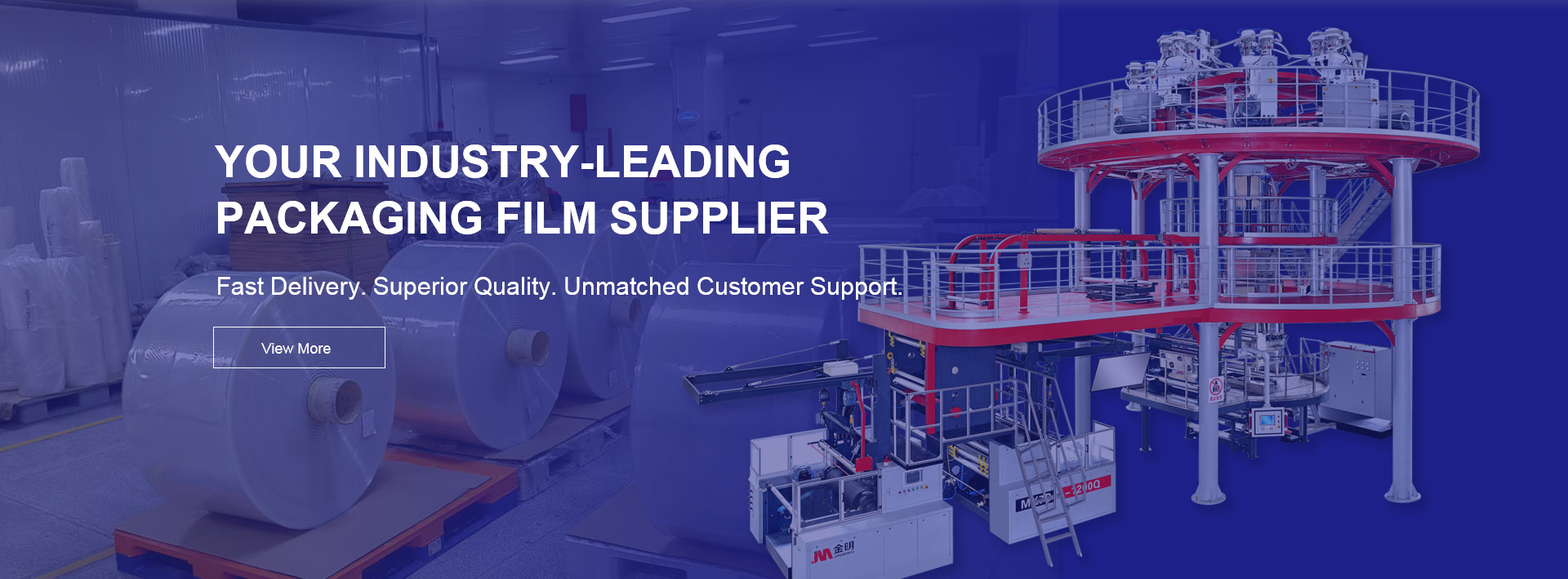
barrier thin-film technology has a wide application in food preservation. It helps in sustaining the taste, freshness and nutritive value of food items by preventing oxygen and moisture from entering it. They are particularly useful for extending the periods within which perishable products can last such as vegetables, fruits, dairy products and meat. As a result, there will be less food wastage reducing costs to vendors while providing better satisfaction to consumers who get fresh items for longer.
Convenience and Consumer Appeal
food packaging is more convenient and attractive when using barrier thin-films. These films are transparent and flexible, allowing customers to see the product while creating easy opening or resealable alternatives. This convenience is especially crucial for ready-to-eat meals, snacks, and individual portions. On top of that barrier films are customizable to meet specific packaging needs like heat resistance or fragrance preservation thus making consumers’ experiences even richer.
Innovations in Active and Intelligent Packaging
Innovations in active and intelligent packaging solutions are also made possible by barrier thin-film technology. Active packaging comprises materials that interact with foodstuff or its condition so as to increase its security or extend its shelf life. For instance, oxygen scavengers as well as moisture absorbers could be integrated into barrier films in order to actively control the atmosphere inside packages. Conversely intelligent packaging employs sensors plus indicators which monitor the state of food thereby supplying real time details on freshness and quality etcetera which enhance these possibilities for improved safety on the road towards zero waste platform.
Challenges and Future Directions
Technical Challenges and Overcoming Barriers
Though having several benefits, barrier thin film technology has certain technical problems that should be addressed. The main challenge is developing films offering best performance barriers at lowest cost yet compatible with current manufacturing processes. Moreover new materials plus technologies must be scalable. These barriers can be overcome through continuous research and academic-industry collaboration aimed at advancing this technology further.
The Future of Barrier Thin-Film Technology
The future for barrier thin film technology is bright with ongoing advancement in material science, nanotechnology, and eco-friendly solutions. food packaging industry will depend more on these barrier films as consumer demands for convenient products, quality services and sustainability increase. This improvements includes integrating smart technologies and developing multifunctional films that have the potential to boost the capabilities of barrier thin-film thereby creating new avenues for growth and innovation.
Conclusion: Advancing Food Packaging with Barrier Thin-Films
Developments in barrier thin-film technology are changing the food packaging sector by offering ways of increasing shelf lives, improving product safety as well as supporting green initiatives. By continuing to improve these films they will increasingly become important in satisfying consumers’ request for better quality, convenience and more sustainable packaging solutions thus directing the way forward for food packaging development. Manufacturing using modern techniques like those based on barrier TVF’s can help producers keep up with trends in an ever shifting market while helping create a more sustainable food packaging system that ensures its effectiveness. Therefore the future of food packaging looks promising with barrier thin-films playing a leading role in this transformation.